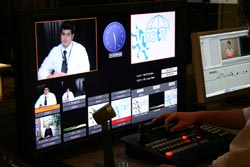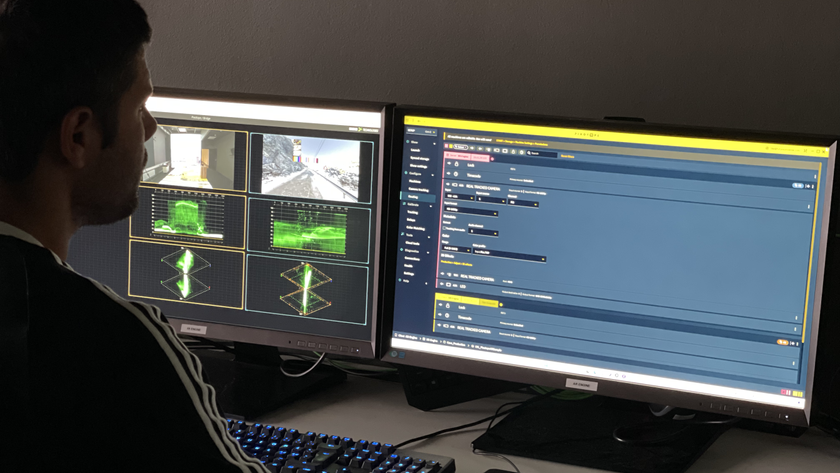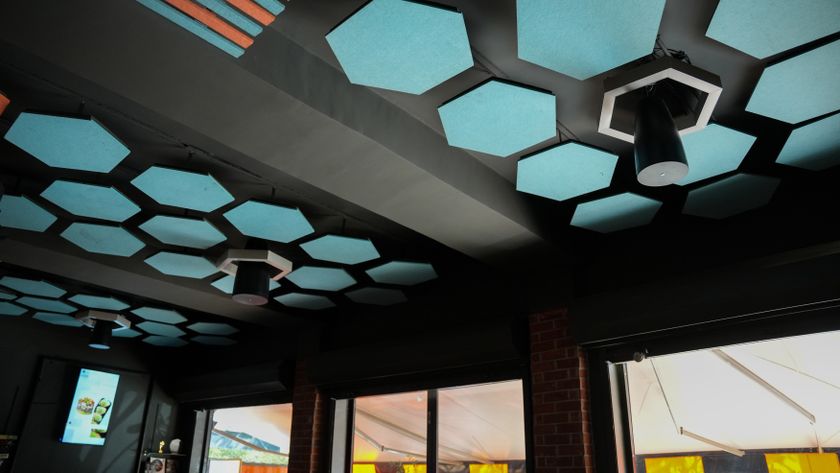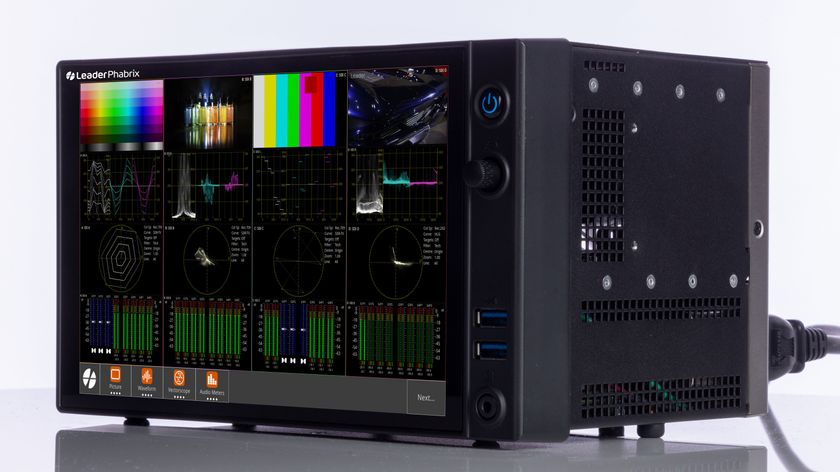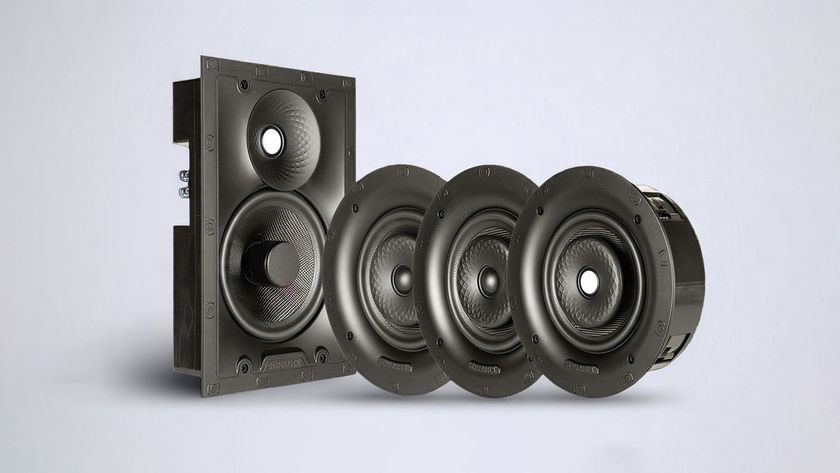- HDTV is becoming a reality within schools' broadcast facilities, but questions remain about upgrading classroom video displays for the upcoming analog shutoff. As part of a multi-million-dollar construction project at the Moreau Catholic High School in Hayward, CA, Snader and Associates integrated a full HD production studio complete with a Broadcast Pix Slate 1000 HD system (pictured). Even as high schools and colleges have become proficient in utilizing their increasingly complex campus broadcast facilities, there is one "technical difficulty" for which they may not be equipped. That challenge will arrive at midnight on February 17, 2009, when analog broadcast signals are scheduled to go dark. While many school administrators, and even the architects and engineers who are building our nation's classrooms, may think that's a long way off, the time to prepare for the transition is actually now.
- As most school budgets begin anew in June of 2008, serious consideration should be made for the implementation and testing of an HDTV transition solution. Especially since most schools will not have the funds to replace the vast number of analog televisions throughout their classrooms and common areas. Instead, they will most likely have to develop a migration plan which enables them to convert the digital signal back to analog-at least until their analog sets become inoperable and the procurement of new displays will be a realistic possibility.
- "The limits on capital expenditures are a real driving force to stay in analog market as long as they can," commented Bob Peterson, director of sales for educational and correctional markets at Blonder Tongue. "So, we present two possible paths: taking the digital signal and converting it back to analog, or taking the digital signal in in its 8VSB native format and then transcoding it to Quam."
- These migration paths became a reality when television manufacturers opted to have their tuners recognize 8VSB signals only while in broadcast mode or Quam signals while in cable mode. "The mass confusion that they've caused by doing that is actually quite significant," Peterson said. "Even once the process is understood, the next question is where to place the digital channel within the spectrum and make it convenient for everybody." Peterson went on to explain that by taking the 8VSB signal and converting it to Quam, you allow the end-user to leave their TV in the cable mode.
- Obviously, it's a tangled migration path that will require a lot of planning, and for that reason, says Steve Deasey, a sales representative with Toner Cable, "it's not something they want to try to do at the very end. It's a long process."
- Furthermore, many school districts may not have earmarked portions of their budget for summer of 2008 for the HDTV transition. But, Deasey reassured, "one of the nice things about this application is it will not affect their budget line that much because they're going keep the existing analog TVs."
- It is not uncommon for districts to have tens of thousands of televisions in classrooms or other locations, especially in the larger districts with upwards of 500 schools within their jurisdiction. As a result, it can be pretty shocking to realize how much it would cost to acquire the equipment and pay for the labor required in replacing all those displays. "But when the alternative is upgrading systems to accommodate these signals, it makes more sense," Peterson said, "and it certainly extends the life of the analog TV, saving taxpayers' dollars."
- Obviously manufacturers and other interested parties are doing their part to get the word out about the HDTV transition. Peterson himself teaches anywhere from four to eight classes a month to groups of up to 20 educators, administrators, architects, and engineers. "I have one PowerPoint slide that talks about 2009, and I would say we spend two hours on that slide," he noted, "because once we go through all the scenarios, we want to make sure that everyone understands, and then we talk to individuals about their application."
- This truly is a case-by-case scenario, and one requiring a lot of forethought. "Not enough people are educated on this topic," Peterson concluded. "There are going to be a lot of dark pictures in a lot of classrooms if they don't do something."
Lesson Plans For HDTV Migration
